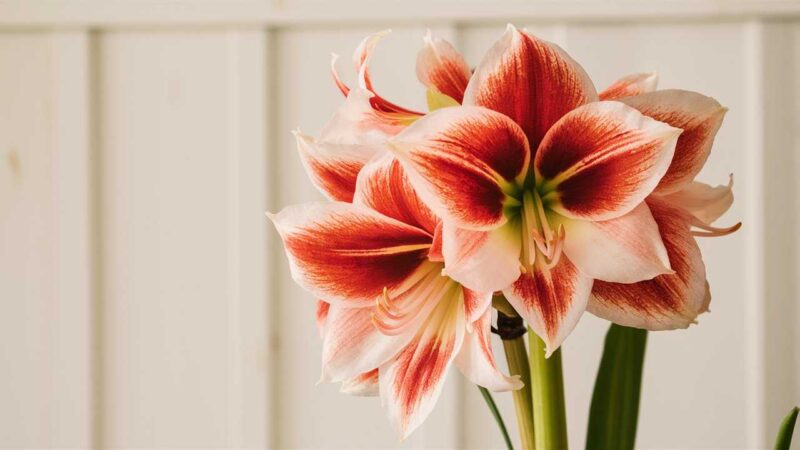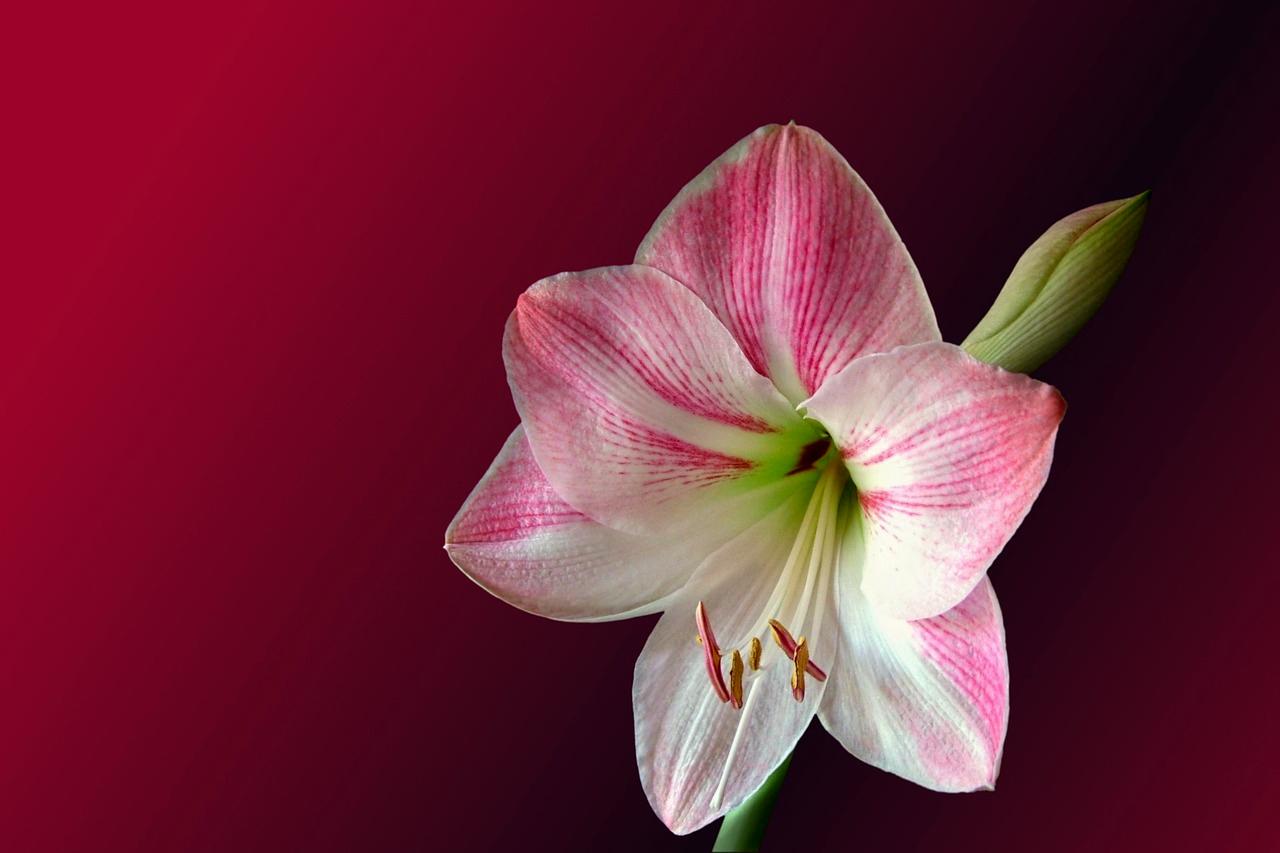In this blog post, we’ll explore how often to water your amaryllis, along with tips for optimal growth and flowering.
Understanding Amaryllis

Before getting into watering techniques, it’s essential to understand the nature of amaryllis. These bulbs thrive in well-draining soil and prefer a balance of moisture—too much water can lead to rot, while too little can cause the plant to dry out. The amaryllis’s flowering period typically occurs in winter or early spring, making them popular choices for holiday decor.
Factors Influencing Watering Frequency
1. Growth Stage
Amaryllis requires different watering approaches depending on its growth stage:
During Bulb Planting: After planting the bulb, water it lightly to help settle the soil around the bulb.
Active Growth Stage: Once the bulb begins to sprout leaves, you can increase the frequency of watering.
Post-Blooming Stage: After flowering, reduce watering as the plant goes dormant.
2. Potting and Soil Type
The type of pot you choose for your amaryllis can significantly affect how often you need to water. Clay pots are porous and allow for faster evaporation, which might require more frequent watering compared to plastic pots. Similarly, the soil mix plays a role; a well-draining mix will dry out faster than a regular potting mix.
3. Temperature and Humidity
Amaryllis thrives in temperatures between 70°F and 75°F (21°C to 24°C). Higher temperatures will increase evaporation and necessitate more frequent watering. Similarly, in low-humidity environments, your plant may require more water. Conversely, if the air is humid, you might need to water less often.
4. Seasonality
During the growing season (spring and summer), amaryllis requires more frequent watering compared to the dormant season (fall and winter). This cyclical need for water aligns with flowering times and the plant’s natural growth patterns.
How to Water Amaryllis
1. Check the Soil Moisture
Before watering, it’s best to check the moisture level in the soil. Insert your finger about an inch into the soil. If it feels dry at that depth, it’s time to water. If it feels moist, wait a few days before checking again.
2. Watering Method
When watering amaryllis, be sure to water at the base rather than overhead. Avoid getting water on the leaves to prevent fungal issues. Ensure that excess water can drain away by using a pot with drainage holes.
3. Quantity of Water
When you do water, aim for enough moisture to thoroughly saturate the soil but avoid making the soil soggy. A good rule of thumb is to water until you see water begin to drain from the bottom of the pot.
Signs of Overwatering and Underwatering

Overwatering Signs:
Yellowing leaves
Wilting or mushy bulbs
Foul odor from the soil (indication of rot)
Underwatering Signs:
Drooping leaves
Soil pulling away from the edges of the pot
Slow or stunted growth
Seasonal Care Adjustments
Winter Care
During the winter, when amaryllis bulbs are often forced to bloom, they benefit from a more careful watering schedule. Water less frequently, allowing the top inch of soil to dry between waterings.
Spring and Summer Care
Once the blooming period is over, you can resume regular watering to promote healthy foliage growth. As temperatures rise, regularly check for soil moisture and water accordingly.
Fall Care
As autumn approaches, your amaryllis will start to prepare for dormancy. Gradually reduce watering as the leaves die back naturally. This will help the bulb store energy for the next growing season.
Conclusion
Caring for amaryllis can be immensely rewarding, particularly when your efforts result in breathtaking blooms. The key to a thriving amaryllis lies in understanding how often to water it.
By considering factors such as growth stage, potting method, temperature, and seasonal changes, you can ensure a healthy plant.
Remember to monitor your plant’s needs closely, and don’t hesitate to adjust your watering routine as necessary. With a little attention and care, your amaryllis will reward you with a stunning display of flowers year after year!





